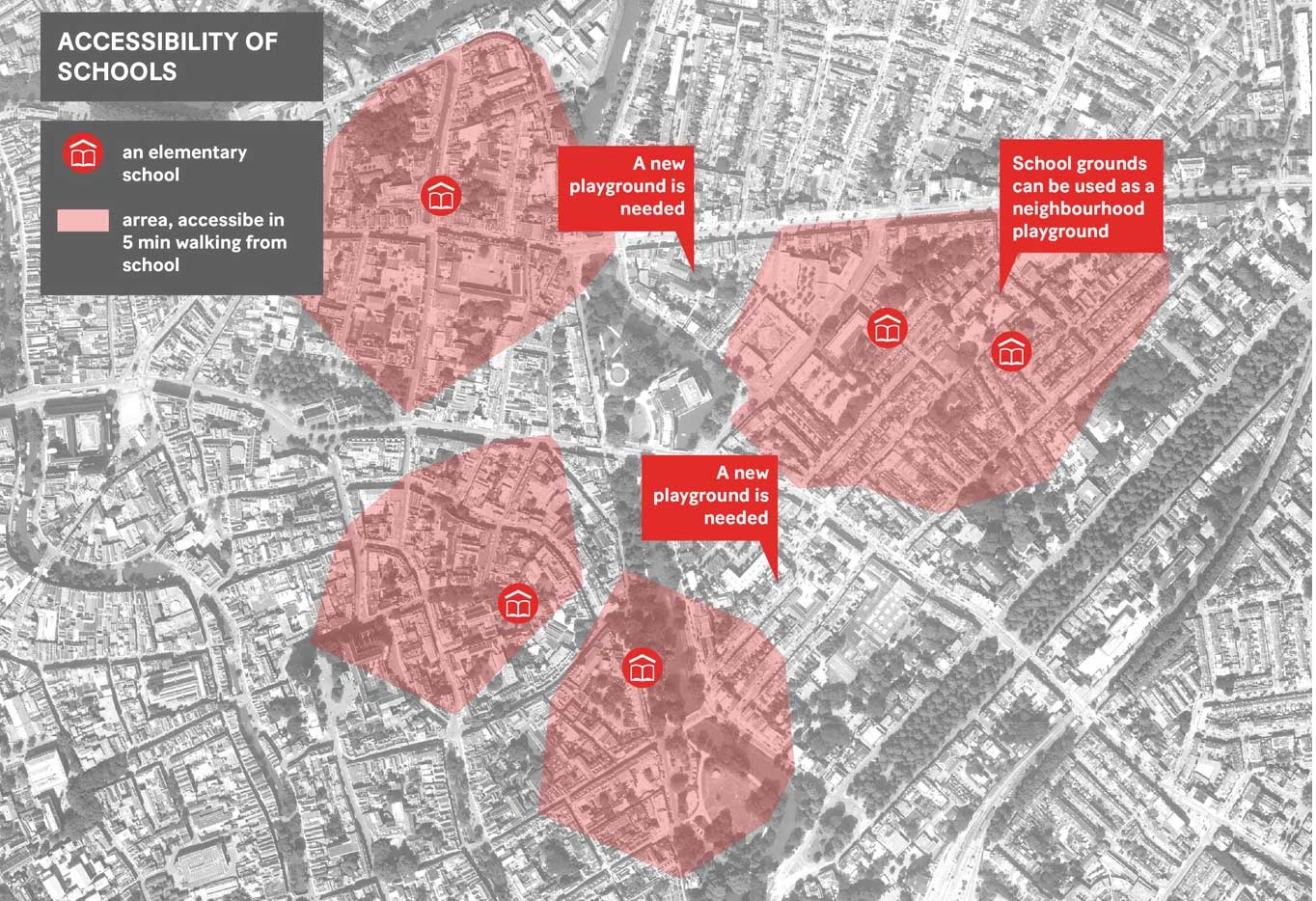
If we’re collectively going to take the 5G leap, could we think about how 5G could actually improve our wellbeing and deliberately design for a positive impact?
Many urban areas are planning for a 5G lifestyle, where residents access their high-speed network no matter where they are. Some cities in the U.S. including Atlanta, Kansas City, Houston and Dallas now have mid-band 5G coverage. Further east, in countries like China, Japan, and South Korea, full 5G implementation is set to take place in the next few years. The possibilities of 5G networks are endless and will radically transform the way we live our lives, it is said. While the debate around the potential health hazard of 5G radiofrequency is still ongoing, cities are already starting to prepare its rollout. If we’re collectively going to take the 5G leap, could we at least think about how 5G could actually improve our wellbeing and deliberately design for a positive impact?

An interesting use case for 5G, that we haven’t heard a lot about yet, is how it might improve children’s development by giving them a license to explore again. Children develop the basics of their social, intellectual, and emotional skills while playing freely outdoors with other children. Unfortunately, it is said that the average US child spends 4 to 7min playing outside per day. One of the main reasons is that parents don’t think their neighborhoods are safe enough to play unsupervised because of traffic or stranger danger.
The average US child spends 4 to 7min playing outside per day.
What if the kids would have a digital guardian angel watching over them? As 5G networks no longer have latencies, they are perfect for virtual safety guard apps like bSafe or Watch Over Me. These apps track movement and alert emergency contacts if something doesn’t seem right. Some of them even alert emergency services if you fail to press a button or type in a security code to let the app know everything is all right.
Giving children more free outdoor playtime or letting them walk or cycle to school by themselves, could have a significant positive impact on their health and development. It decreases overweight and diabetes, it helps to build confidence, and it reduces stress and anxiety. Walking or cycling to school actually increases their concentration levels during class for up to four hours.
Wait, shouldn’t there first be safe streets and parks so children can actually play outside and walk to school? Yes and no, urban and digital infrastructure needs to be developed simultaneously. We can invest in and build the most wonderful infrastructure. Think of streets where pedestrians and cyclists have a priority, where sidewalks are wide enough, comfortable to use and there are always “eyes on the street”. Imagine neighborhoods with plenty of playgrounds and parks to play in. However, if parents don’t perceive it as safe, all of this infrastructure will stay underutilized. By tackling the issue from both angles, urban design and digital tools, at the same time we create a better chance for actual positive impact for the children.
By tackling the issue from both angles, urban design and digital tools, at the same time we create a better chance for actual positive impact for the children.
Also, safe urban infrastructure might be closer than we think. Sometimes it is already there but it is just not used as a safe play space today. The city of Utrecht in the Netherlands adopted a policy a few years ago that requires all school playgrounds to be accessible after hours for the neighborhood kids. It boosted the city’s play areas without any additional investment or construction works. The map below illustrates how many neighborhoods are covered by the policy and where there is still a need for a different solution.

This kind of policy can be informed by analyzing city data of roads, land use, facilities and accessibility to uncover opportunities for leveraging existing infrastructure for different use. Here too, the digital realm can play an important role in shaping our physical spaces.
We definitely have to keep investing in great public space where kids can roam free but safe infrastructure alone might not have the desired impact as long as parents are not on board too. When we connect 5G, safety guard apps, and clever use of urban space, there might be a potential to give children back their license to explore and help them build the resilience they will need later in life. What would you need in your community to let your kids explore freely?
The article came to life in collaboration with Gintare Norkunaite and Maddy Luker (research) and was first published on LinkedIn on October 17th, 2019.












